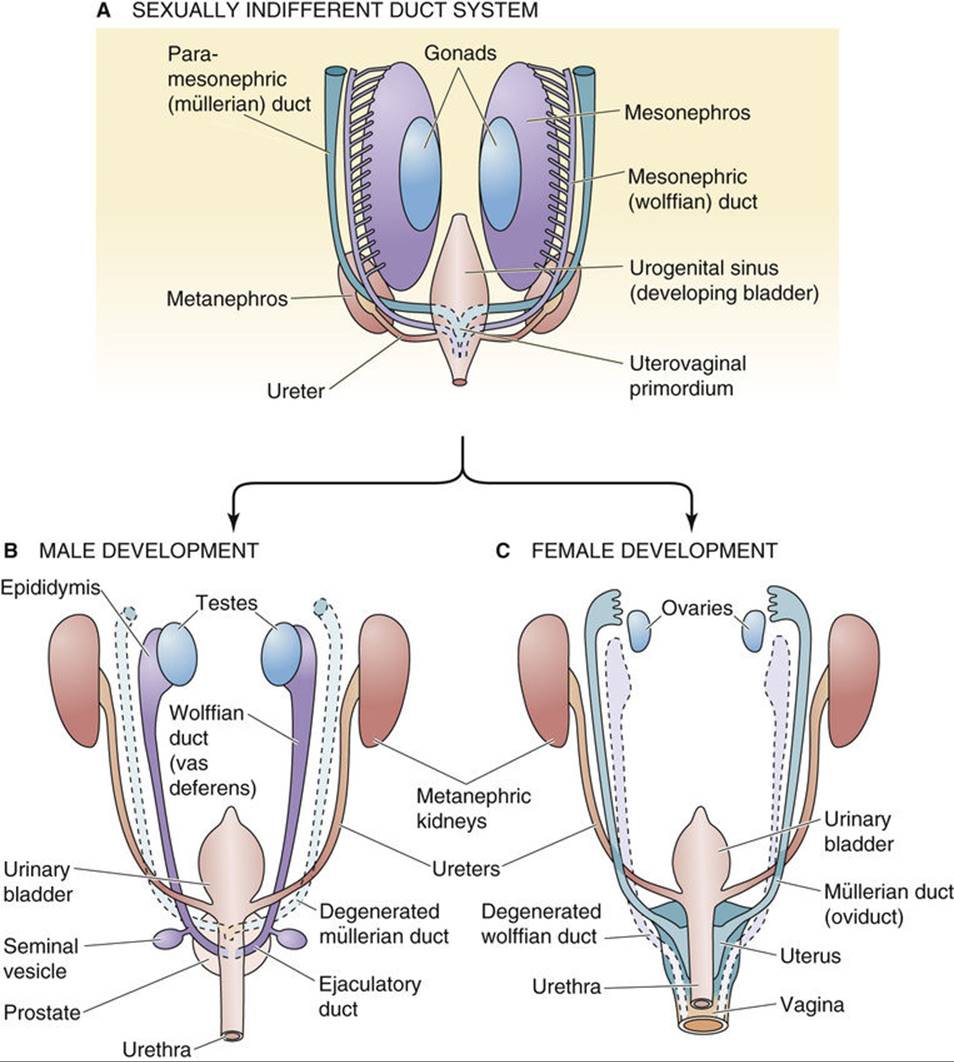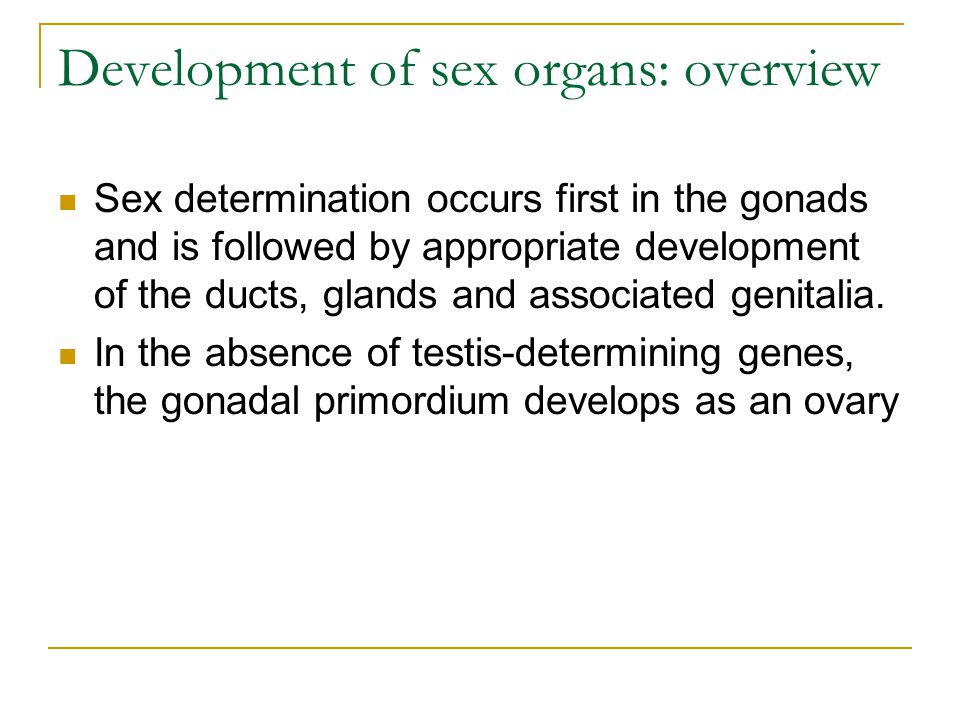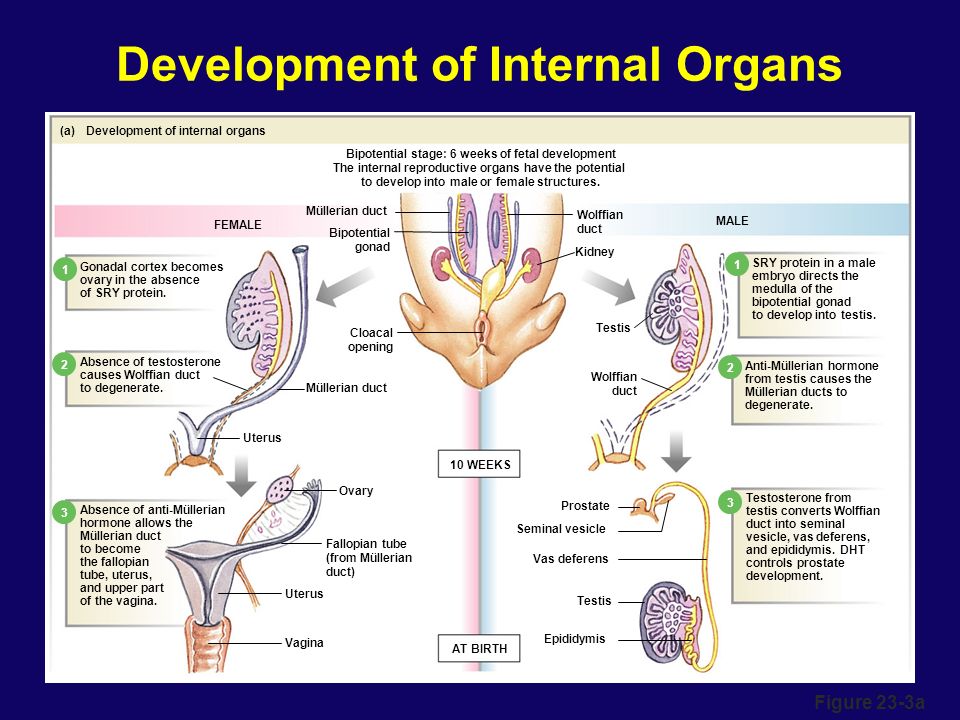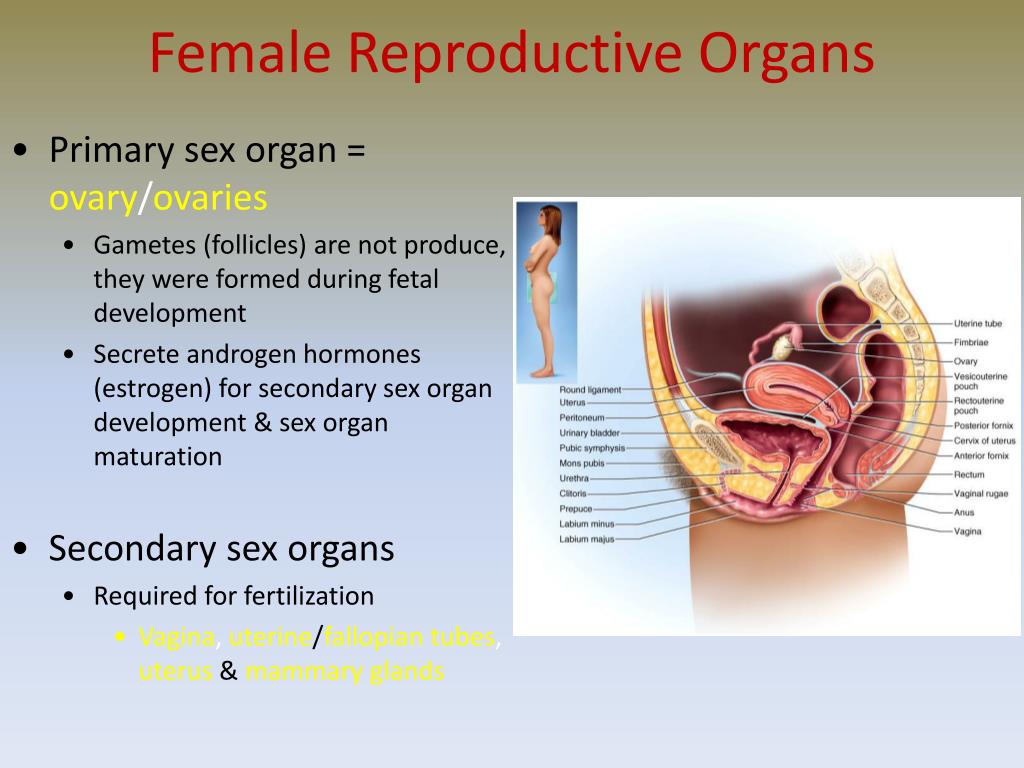Vestigial Organs: To Function or not to Function, that is the Question: The Human Coccyx (Tailbone) Muscles in our Ears and Noses Wisdom Teeth


What is intersex? How common is intersex? Intersex conditions. How do I know if I have an intersex condition? 5-alpha reductase deficiency; …

BigEye.com: Just look around and notice how many Americans are seriously overweight! Weight-loss is achieved by eating sensibly, combined with activity and exercise.


Learn about causes and treatment of ambiguous genitalia, a rare disorder of sex development in which a baby’s external genitals are not clearly male or female.

Disorders of sex development (DSD), sometimes referred to as disorders of sex differentiation or differences of sex development, are medical conditions involving the reproductive system.

In typical prenatal development, sex organs originate from a common primordium during early gestation and differentiate into male or female sexes.The SRY gene, usually located on the Y chromosome and encoding the testis determining factor, determines the direction of this differentiation.

Find out about disorders of sex development (DSDs), a group of rare conditions where the reproductive organs and genitals don’t develop as expected.

Ronaldson-Bouchard and Vunjak-Novakovic discuss the design considerations for single and multi-organ organs-on-a-chip (OOCs) and highlight the potential impact of OOCs as a fast-track opportunity for tissue engineering to advance drug development …
development – Embryonic induction: The organization of the embryo as a whole appears to be determined to a large extent during gastrulation, by which process different regions of the blastoderm are displaced and brought into new spatial relationships to …
3 weeks: Your baby-in-the-making is a ball of cells called a blastocyst. The blastocyst already contains a full set of DNA from you and your partner, which determines sex, eye color, and other traits.